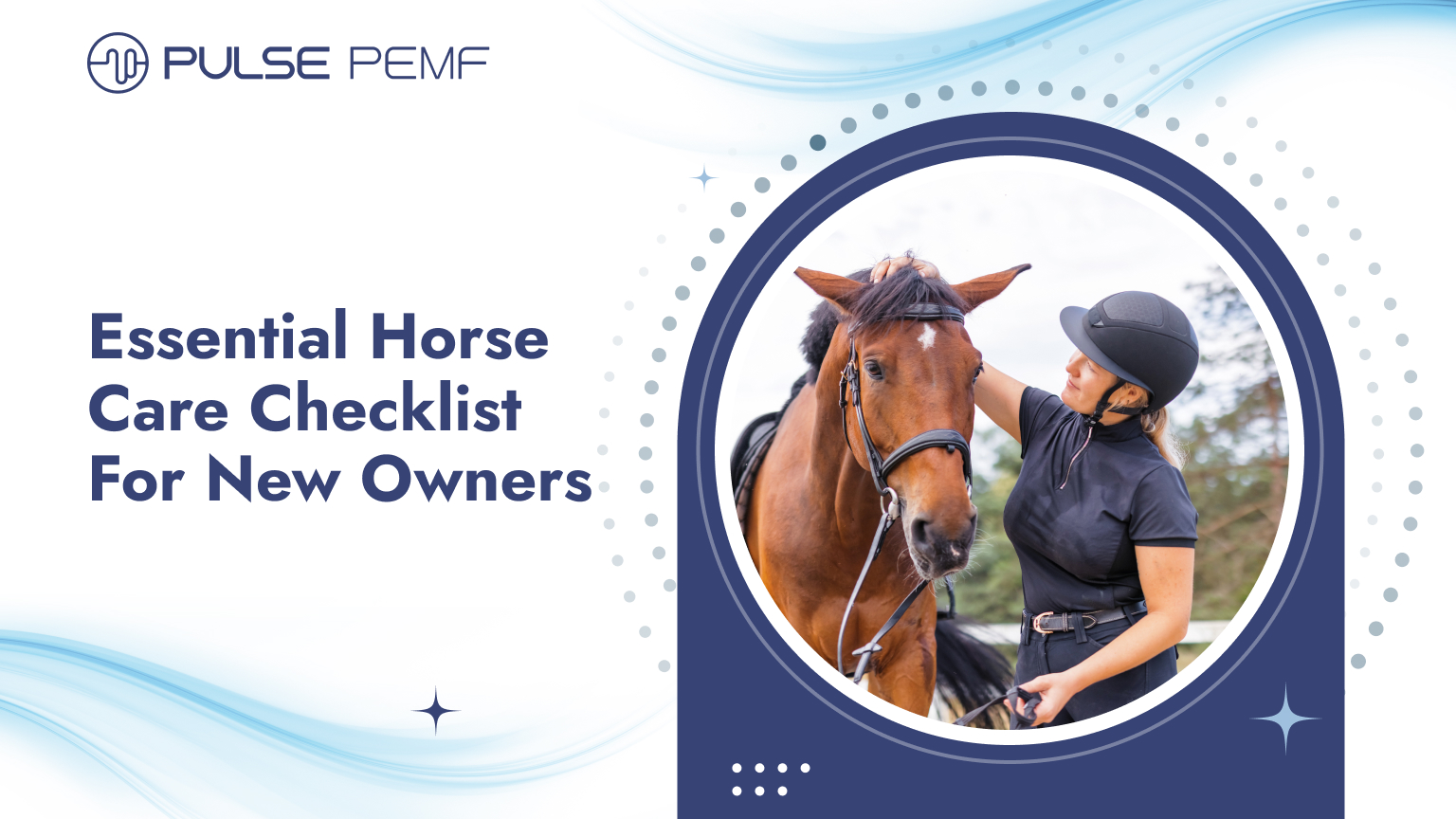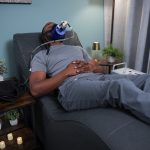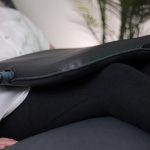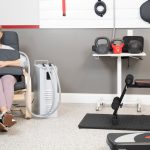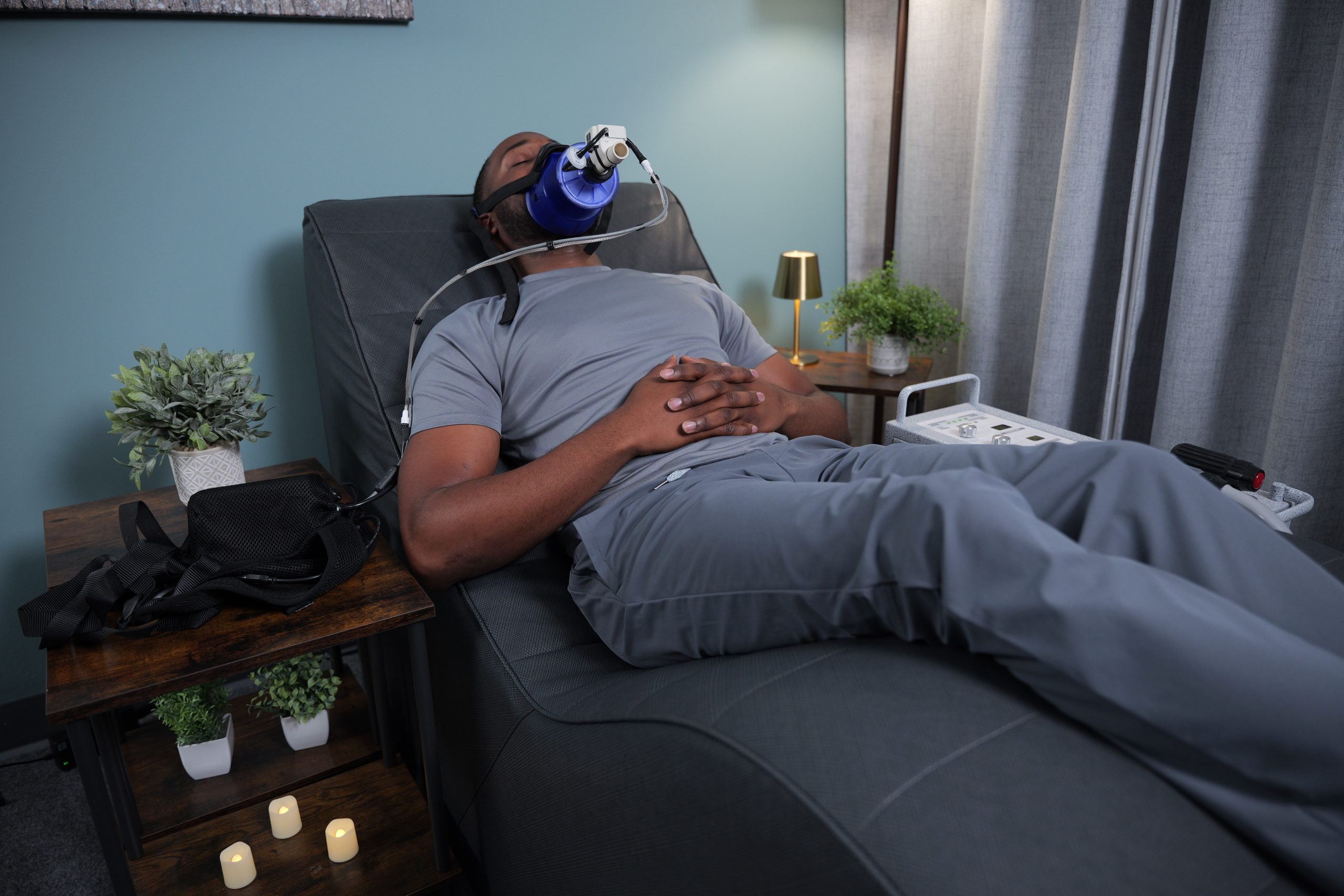Owning a horse is a rewarding experience, but it also comes with significant responsibilities. Proper care is essential to ensure your horse’s health, safety, and longevity. By following a comprehensive horse care checklist, you can provide your equine companion with the best possible life.
In this blog post, we’ll cover the essential aspects of horse care, from nutrition and grooming to health and safety. We’ll also discuss the importance of building a strong bond with your horse through training and socialization.
By the end of this blog, you’ll have a complete horse care checklist you can start implementing today!
Providing Proper Nutrition and Hydration
Basics of a Balanced Diet for Horses
A good horse care checklist should start with proper nutrition and hydration. A balanced diet is crucial for a horse’s overall health and well-being. The primary components of a horse’s diet are:
- Roughage: This includes hay and pasture, which provide fiber, essential nutrients, and support healthy digestion.
- Grains: Grains like oats, corn, and barley can be added to the diet to provide additional energy and protein.
- Vitamins and Minerals: A balanced diet should provide all the necessary vitamins and minerals. However, in some cases, supplements may be needed to address specific deficiencies.
Hydration Needs and Water Access
Water is essential for a horse’s health. It helps with digestion, temperature regulation, and overall bodily functions. Ensure that your horse has constant access to fresh, clean water, especially during hot weather or after exercise.
Supplements for Optimal Health
In some cases, supplements may be beneficial to support your horse’s health. Some common supplements include:
- Joint supplements: Glucosamine and chondroitin can help support joint health, especially in older horses or those with joint issues.
- Probiotics: These can help maintain a healthy gut microbiome.
- Mineral blocks: Salt and mineral blocks can provide essential minerals, especially for horses grazing on mineral-deficient pastures.
Always consult with your veterinarian to determine if your horse needs any specific supplements and to discuss appropriate dosages.
Creating a Safe and Comfortable Environment
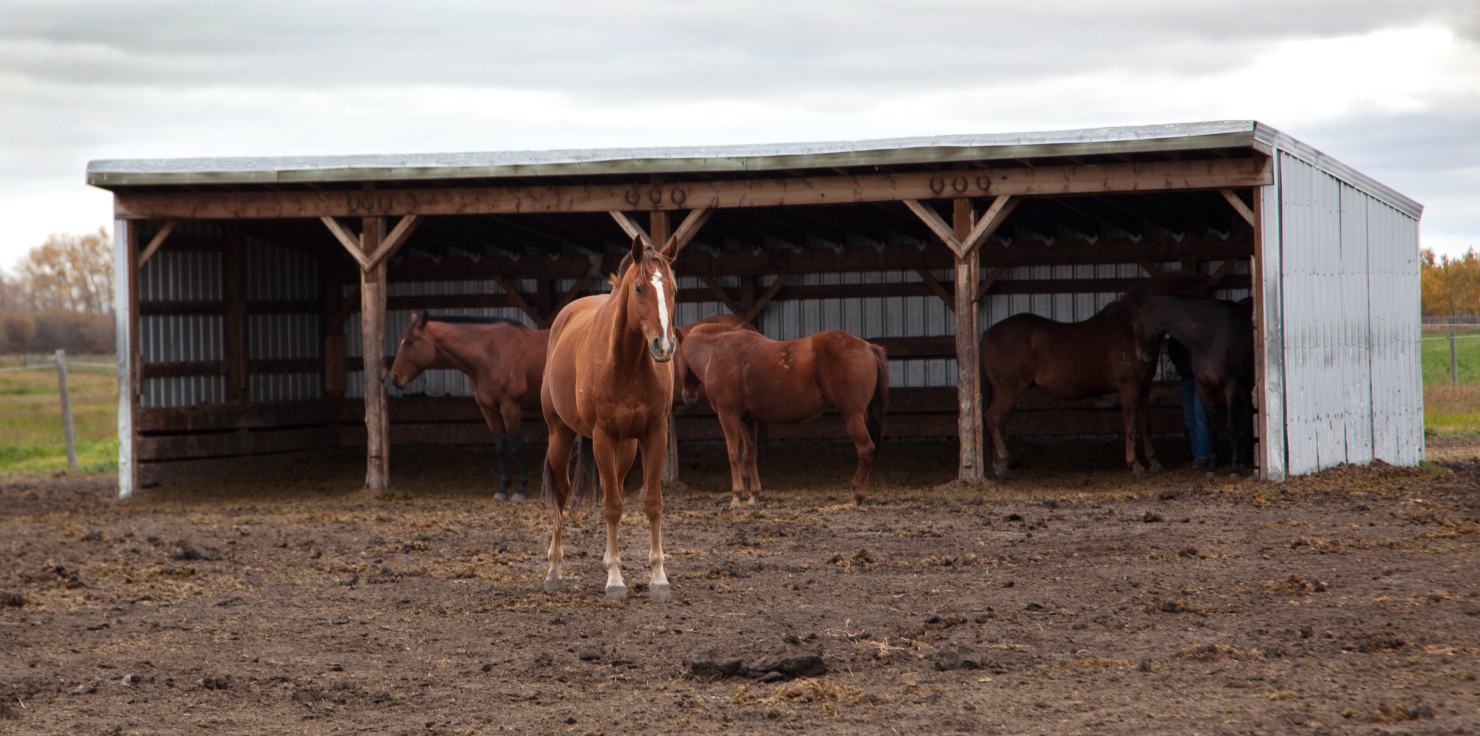
Shelter and Housing Essentials
Next on your horse care checklist is to create a safe and comfortable environment. A well-designed shelter is essential for your horse’s comfort and protection.
- Barns and Stalls: Provide a dry, draft-free, and well-ventilated barn or stable. Ensure that stalls are clean and well-bedded.
- Run-ins: Offer run-in sheds for horses to seek shelter from the elements.
- Pasture: A well-maintained pasture provides essential exercise and grazing opportunities.
Proper Bedding and Stable Cleanliness
Clean and dry bedding is crucial for your horse’s health and comfort.
- Bedding Types: Common bedding options include straw, wood shavings, and rubber mats. Choose a bedding type that is comfortable, absorbent, and suitable for your horse’s needs.
- Cleaning Routine: Regularly clean stalls and remove waste to prevent the buildup of bacteria and parasites.
- Air Quality: Ensure proper ventilation to maintain good air quality and reduce the risk of respiratory problems.
Fencing and Pasture Safety
A secure fence is essential to keep your horse safe and contained.
- Fence Height: Ensure the fence is high enough to prevent your horse from jumping out.
- Fence Material: Choose a strong, durable fencing material, such as wood or metal.
- Gate Latches: Use sturdy gate latches to prevent accidental escapes.
- Pasture Maintenance: Regularly inspect pastures for hazards like holes, debris, or toxic plants.
- Water Source: Provide a clean, fresh water source in the pasture.
By creating a safe and comfortable environment, you can help your horse thrive.
Routine Health Care and Veterinary Needs
Regular Veterinary Checkups
Another crucial component of a horse care checklist is veterinary care. Regular veterinary check-ups are essential for maintaining your horse’s health. These visits allow your veterinarian to:
- Administer vaccinations: Protect your horse from diseases like Tetanus, Rabies, and Eastern Equine Encephalitis.
- Perform dental examinations: Identify and address dental issues such as tooth decay, abscesses, or overgrown teeth.
- Monitor your horse’s weight and body condition: Ensure that your horse is maintaining a healthy weight.
- Check for parasites: Screen for internal and external parasites, such as worms and ticks.
Essential Vaccinations and Deworming Schedule
A regular vaccination and deworming schedule is crucial for protecting your horse’s health. Consult with your veterinarian to determine the specific vaccines and deworming products that are right for your horse.
Common vaccinations include:
Tetanus
Eastern Equine Encephalitis (EEE)
West Nile Virus (WNV)
Influenza
Rabies
A veterinarian can recommend a deworming schedule based on your horse’s individual needs and the specific parasites that are prevalent in your area.
Dental Care and Hoof Maintenance
Good dental health is essential for your horse’s overall well-being. Regular dental care can help prevent dental problems, such as tooth decay and abscesses.
- Dental examinations: Your veterinarian can perform a dental exam to check for any issues and recommend necessary treatments.
- Dental floatings: This procedure involves filing down sharp points on your horse’s teeth to prevent gum irritation and infection.
- Hoof care: Regular hoof trimming is essential to maintain proper hoof health and prevent lameness. A farrier can trim your horse’s hooves and help address any hoof problems.
Grooming and Skin Care
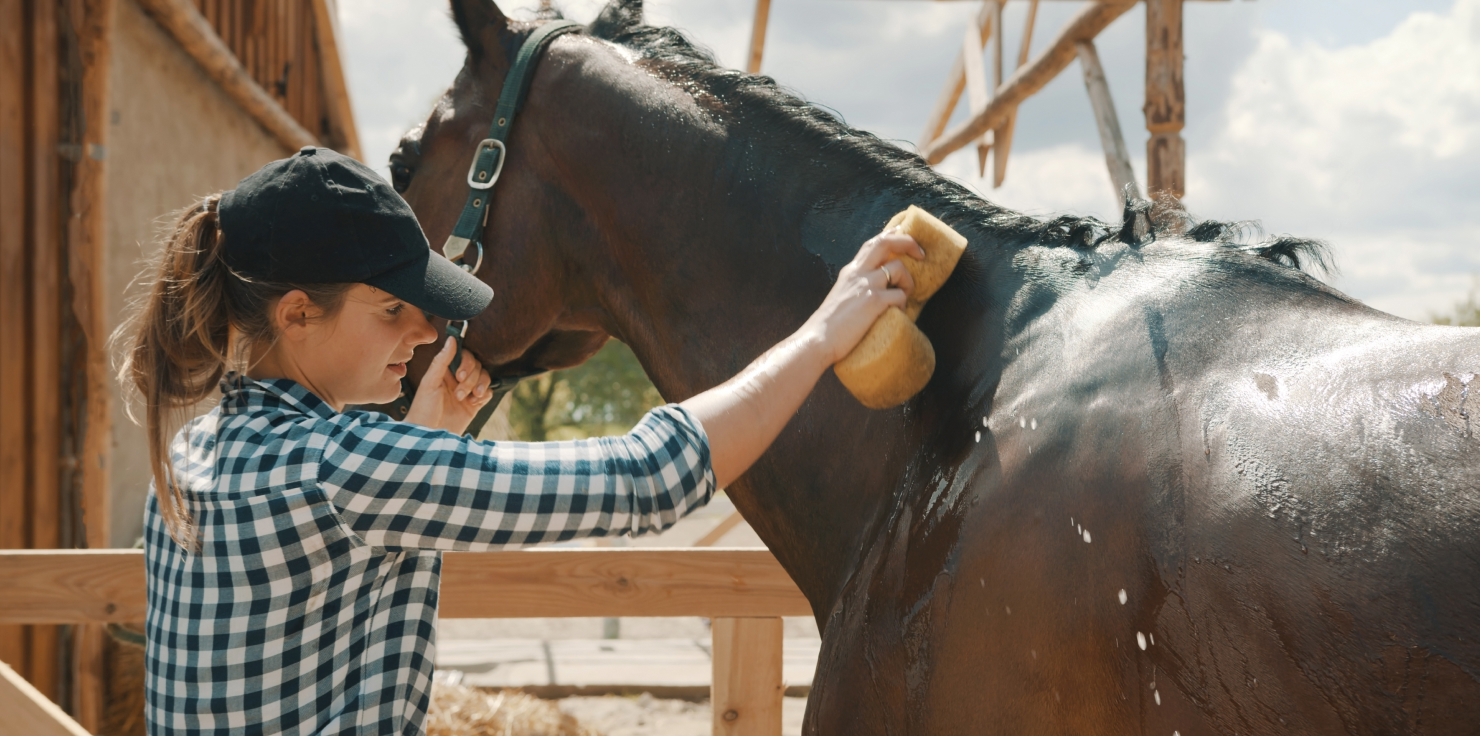
Daily Grooming Routine
A grooming routine is another essential part of a horse care checklist. Daily grooming can help maintain your horse’s health and appearance.
- Brushing: Brushing your horse’s coat daily helps to remove dirt, dust, and loose hair. It also stimulates blood circulation and promotes healthy skin.
- Mane and Tail Care: Regular grooming of the mane and tail helps prevent tangles and mats. Use a detangling spray and a soft brush to gently comb through the hair.
- Skin Checks: Inspect your horse’s skin for any signs of irritation, wounds, or parasites.
Recognizing and Preventing Skin Conditions
Common skin conditions in horses include:
- Rain rot: A bacterial infection that causes hair loss and scabs.
- Scratches: A bacterial infection that affects the lower legs.
- Mud fever: A skin condition caused by exposure to wet and muddy conditions.
To prevent these conditions, keep your horse’s skin clean and dry. Clean wounds promptly and apply appropriate medications as prescribed by your veterinarian.
Exercise and Physical Activity Needs
Developing a Consistent Exercise Routine
Regular exercise is crucial for your horse’s physical and mental well-being. It helps maintain muscle tone, improve cardiovascular health, and prevent boredom.
- Lunging: Lunging can help improve your horse’s flexibility, balance, and muscle tone.
- Trail Riding: Trail riding provides a great opportunity for your horse to explore new environments and engage in natural behaviors.
- Arena Work: Arena work, including dressage and jumping, can help improve your horse’s athleticism and responsiveness.
Training and Bonding with Your Horse
Training is essential for building a strong bond with your horse and ensuring their safety.
- Basic Training: Teach your horse basic commands like “walk,” “trot,” “halt,” and “yield.”
- Groundwork: Practice groundwork exercises like leading, lunging, and desensitizing to establish trust and respect.
- Positive Reinforcement: Use positive reinforcement techniques, such as rewards and praise, to encourage good behavior.
Using Safe and Effective Exercise Equipment
Using the right equipment is important for safe and effective exercise.
- Saddle Fitting: A well-fitted saddle is crucial to prevent discomfort and injury.
- Bridle Selection: Choose a bridle that fits properly and is comfortable for your horse.
- Regular Maintenance: Inspect your tack regularly for wear and tear and replace any damaged items.
Monitoring and Managing Your Horse’s Health
Recognizing Signs of Illness or Injury
Early detection is key to effective treatment. Watch for these signs of illness or injury:
- Changes in appetite: Decreased or increased appetite
- Changes in behavior: Lethargy, aggression, or depression
- Changes in bowel movements: Diarrhea or constipation
- Coughing or nasal discharge: Respiratory issues
- Lameness: Difficulty walking or stiffness
- Weight loss or gain: Significant changes in body condition
Maintaining a Health Record
Keeping accurate records of your horse’s health history can also be invaluable. This includes:
- Vaccination records: Track vaccination dates and boosters.
- Deworming records: Document deworming treatments and fecal exams.
- Dental records: Note the frequency of dental exams and any treatments performed.
- Veterinary visit records: Keep a record of all vet visits, diagnoses, and treatments.
Introducing Pulse PEMF Therapy for Wellness
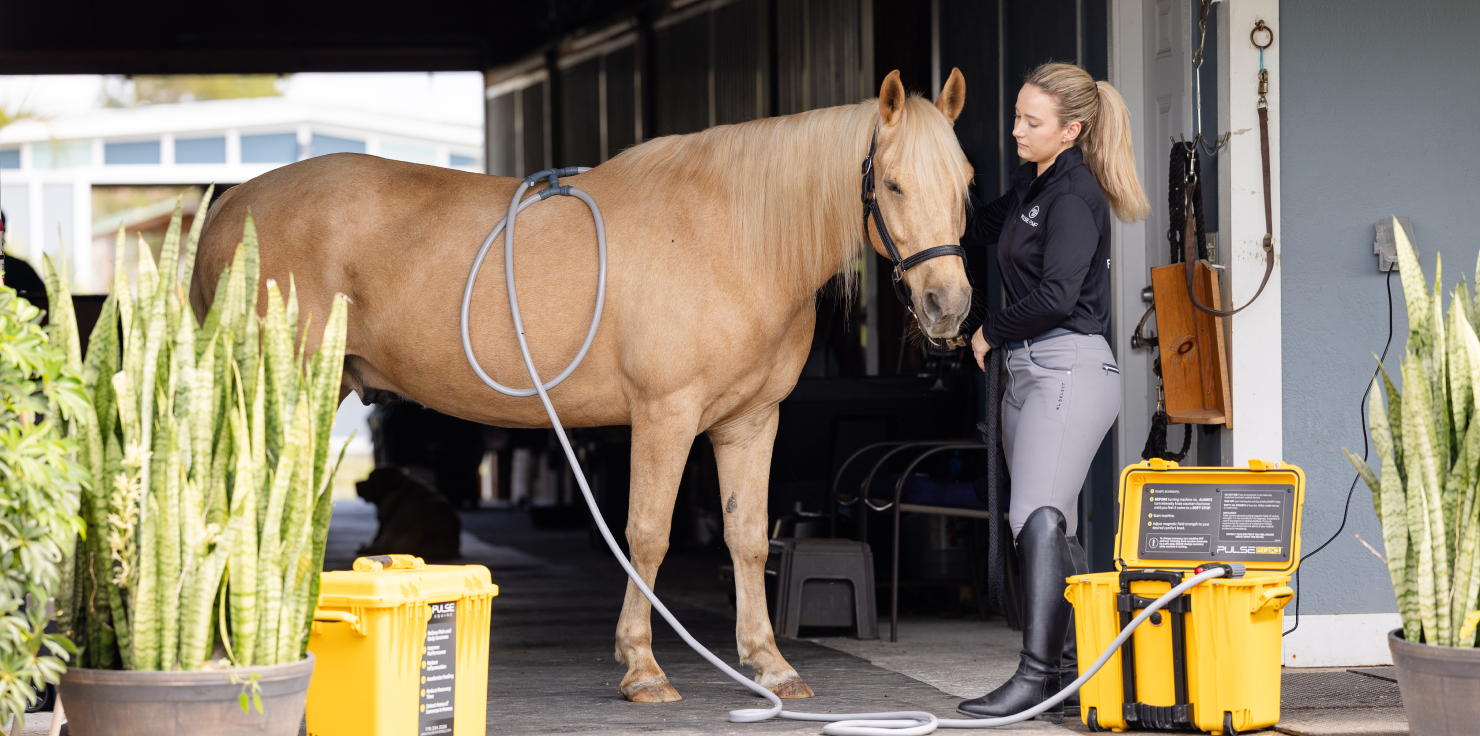
PEMF (Pulsed Electromagnetic Field) therapy can be a valuable tool in supporting your horse’s overall health and recovery when needed. It utilizes electromagnetic pulses to stimulate and exercise the body’s cells at the cellular level. This may lead to a range of benefits, including:
- Increased range of motion
- Enhanced cellular energy
- Healthy joint and cartilage function
- Reduced muscle fatigue and discomfort
- General relaxation
- Optimized overall wellness
Our line of animal PEMF machines and the Animal Loop focus accessory are powerful, cutting-edge devices designed to optimize your horse’s care. Learn more about the science, mechanisms, and incredible benefits of PEMF for horses here.
Remember, it’s important to consult with your veterinarian before using PEMF therapy on your horse. PEMF therapy should be used as a complementary therapy and should not replace traditional veterinary care.
Understanding Social and Mental Needs
Socialization and Companionship
Horses are social animals and thrive on companionship. Whether it’s with other horses or with humans, social interaction is crucial for their mental well-being.
- Turnout Time: Ensure your horse has adequate turnout time with other horses to socialize and engage in natural behaviors.
- Human Interaction: Spend quality time with your horse, grooming, talking, or simply being in their presence.
Preventing Boredom
Boredom can lead to undesirable behaviors, such as weaving, cribbing, or wood chewing. To prevent boredom, provide your horse with mental and physical stimulation:
- Variety in Routine: Change up your horse’s routine to keep them engaged.
- Enrichment Activities: Offer puzzle feeders, lick blocks, or hanging toys to provide mental stimulation.
- Social Interaction: Ensure your horse has opportunities to socialize with other horses or humans.
- Regular Exercise: Regular exercise can help alleviate boredom and promote physical and mental health.
Emergency Preparedness for New Horse Owners
Basic First Aid Kit for Horses
It’s important to have a well-stocked first-aid kit on hand for emergencies:
- Bandages: Gauze, vet wrap, and adhesive tape
- Antiseptics: To clean wounds
- Wound care supplies: Saline solution, antibiotic ointment
- Thermometer: To monitor your horse’s temperature
- Tweezers: For removing splinters or ticks
- Over-the-counter medications: Consult your veterinarian before using any medications on your horse.
Recognizing and Responding to Emergencies
Knowing how to respond to emergencies can save your horse’s life. Here are some common equine emergencies and how to respond:
- Colic: Signs include restlessness, pawing at the ground, rolling, or refusing to eat or drink. Contact your veterinarian immediately if you suspect colic.
- Lameness: If your horse is limping, limit their movement and contact your veterinarian.
- Wounds: Clean the wound gently with saline solution and apply a clean bandage. Contact your veterinarian for further instructions.
Remember, early intervention is crucial in equine emergencies. If you’re unsure about how to handle a situation, it’s always best to consult with your veterinarian.
Conclusion
Owning a horse is a rewarding experience, but it requires dedication and responsibility. By following this essential horse care checklist, you can ensure your horse’s health and happiness.
To further enhance your horse’s well-being, consider exploring Pulse PEMF therapy. This innovative technology may help promote healing, recovery, and overall health, making it an invaluable addition to your horse care checklist.
Remember, a happy and healthy horse is a joy to own. By providing consistent care and attention, you can build a strong bond with your equine companion and enjoy many years of companionship!

